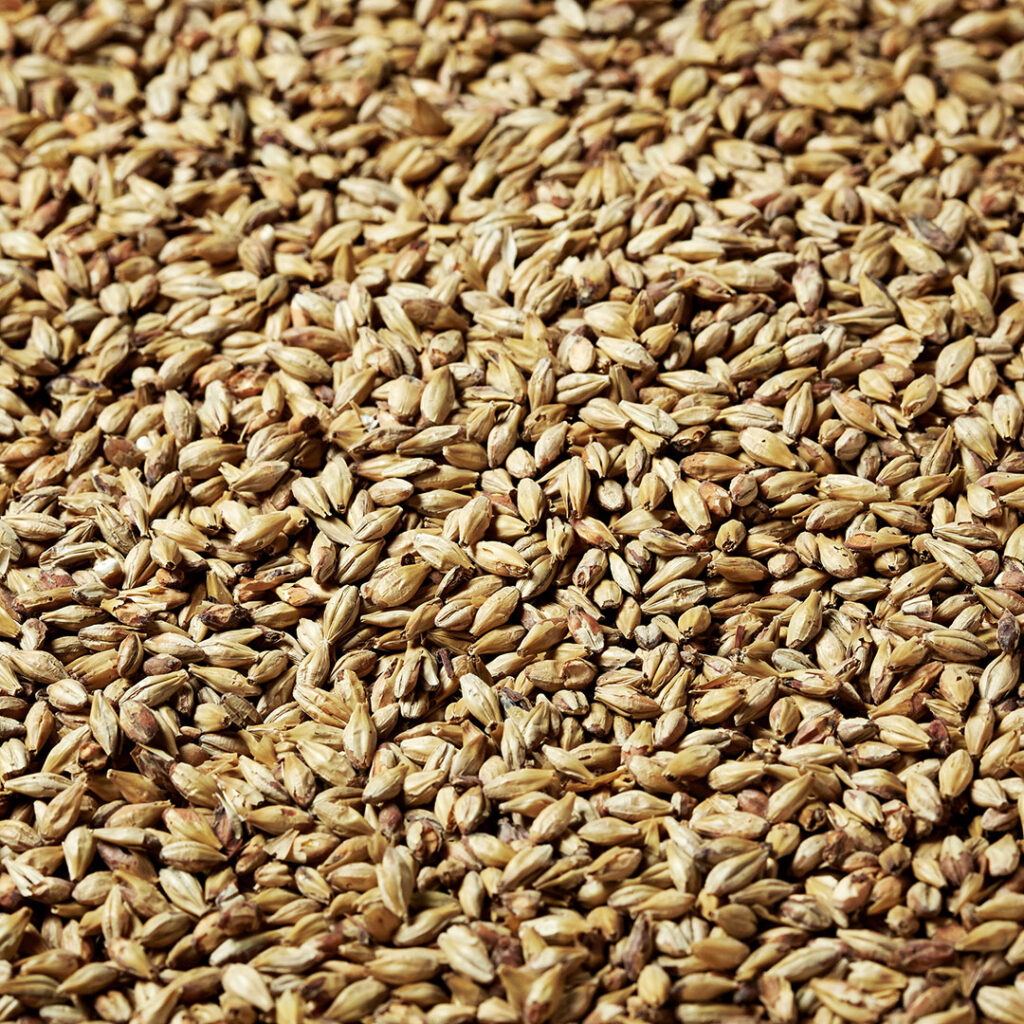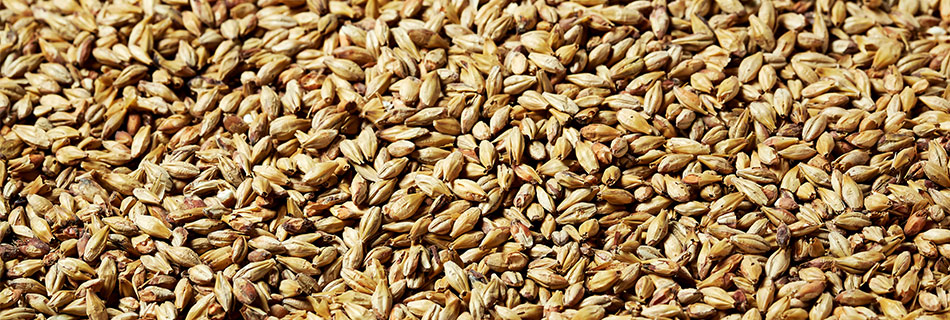Melanoidin malt stands out in the intricate world of brewing. It imparts depth, complexity, and a distinctive character to every beer. Traditionally, brewers have used this malt to craft some of the finest ales. Moreover, it delivers a unique, rich flavour that elevates the overall brew.

Melanoidin malt owes its name to the melanoidin compounds formed during malting. These compounds arise through Maillard reactions, where amino acids interact with reducing sugars under heat. Consequently, a complex array of flavours develops in the malt. Additionally, the process enhances the malt’s aroma and colour.
Flavour profile of melanoidin malt
One of the most intriguing aspects of this malt is its versatile flavour profile. It offers a harmonious blend of biscuit-like sweetness, subtle toastiness, and a hint of caramel. Furthermore, it imparts a slight bread crust note that enriches the beer’s complexity. Therefore, brewers use it to improve both taste and texture.
In brewing, Melanoidin malt plays a vital role in malt-forward styles. It appears in Ales, Lagers, and even certain Belgian brews. Typically, brewers add this malt in moderate quantities to bolster malt character. As a result, the final beer exhibits enhanced body and head retention. Moreover, it contributes a distinctive reddish hue that appeals to consumers.
Crafting exceptional brews
For brewers who wish to craft exceptional beers, using high-quality Melanoidin malt is essential. In addition, careful control of mash temperature, pH, and fermentation conditions unlocks the malt’s full potential. By following these guidelines, brewers achieve a balanced and memorable flavour profile.
At The Swaen, we proudly produce our own, aptly named Swaen Melany. Our product is our darkest kilned malt, comparable to Amber. It still offers delightful biscuit hints and nutty flavours. Consequently, it remains a popular choice for colouring beer. Ultimately, this malt enriches both flavour and aroma, making it indispensable in modern brewing.


